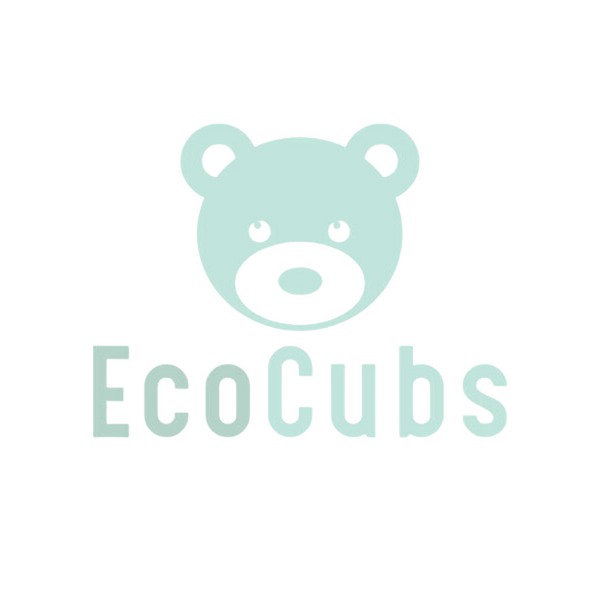When it comes to choosing the best dinnerware for our little bears, many families are wondering the same thing: “Does it actually matter if I buy plastic free kids plates or not?”
As a parent myself, I always had it in the back of my mind. But it wasn’t until I was shocked in to action in 2018, after reading the research regarding microplastics in humans, that I actually made the switch to plastic free kids plates.
I want to share with you what I’ve learnt along the way so that you can think about what’s best for your own home.
Reason #1) Toxins and Chemicals
Plastics often contain chemicals like bisphenol-A (BPA), phthalates, and other additives that can leach into food, especially when heated. These chemicals are known as endocrine disruptors, meaning they can interfere with hormones and may contribute to developmental issues, obesity, and even certain cancers. Research shows that 14000 chemicals can be found in approved food-grade plastics.

2) Microplastics: Tiny but Harmful.
Even if the plastic plates are BPA-free, the risk of microplastics remain. Microplastics are tiny plastic particles that end up in our oceans, rivers, and even in the air we breathe. They’re often too small to see with the naked eye, but their impact on both the environment and our health is profound.

3) Environmental Impact: A Growing Concern
It’s not just about the immediate health risks—plastic has a huge environmental footprint.

4) Convenience
There are limitations to how you can use plastic plates, especially when it comes to dishwashers and microwaves! And those are important factors in our busy home! Due to issues around chemical leaching and microplastics, plastic plates should never be in the microwave. And ideally, should be kept away from warm foods all together, as the heat is often what causes these issues.

So What Are The Best Plastic-free Kids Plate Options?
We have written a whole blog post on this previously. But to make it quick, our fave options are:
- 100% Genuine Plant-based Dinnerware (aka EcoCubs)- no harmful chemicals, plastics or melamine mean no toxins or microplastics leaching in to your bears food. They are entirely compostable and biodegradable and just as importantly- dishwasher and microwave safe! 🥳
- Stainless Steel- As long as you do your research in ensuring the best quality food-grade stainless steel, this is an excellent option. It’s non-toxic, plastic-free and incredibly eco-friendly. It’s also dishwasher safe and great with hot foods- however you do need to skip the microwave with this one!


The Bottom Line: Why Plastic-Free Kids Plates Matter
It’s easy to overlook the materials we use for our children’s everyday meals, but when you consider the health implications and environmental costs, it becomes clear that plastic-free plates are a smarter choice. By choosing toxin-free alternatives, you’re minimizing the risk of exposure to harmful chemicals and microplastics. Plus, you’re contributing to the fight against plastic pollution, ensuring that future generations have a cleaner planet to enjoy.
So, does it really matter? We are of course going to say a resounding “YES!”. Choosing plastic-free kids plates is an investment in both your child’s health and the planet's well-being. It’s a simple change that can have lasting effects on your child’s health and the world they’ll grow up in.




 https://www.ecocubs.com.au
https://www.ecocubs.com.au